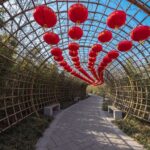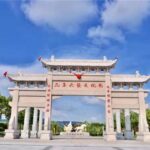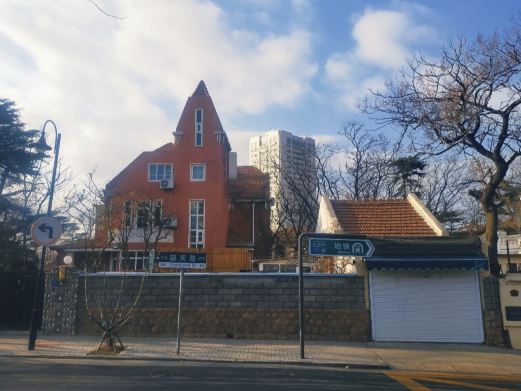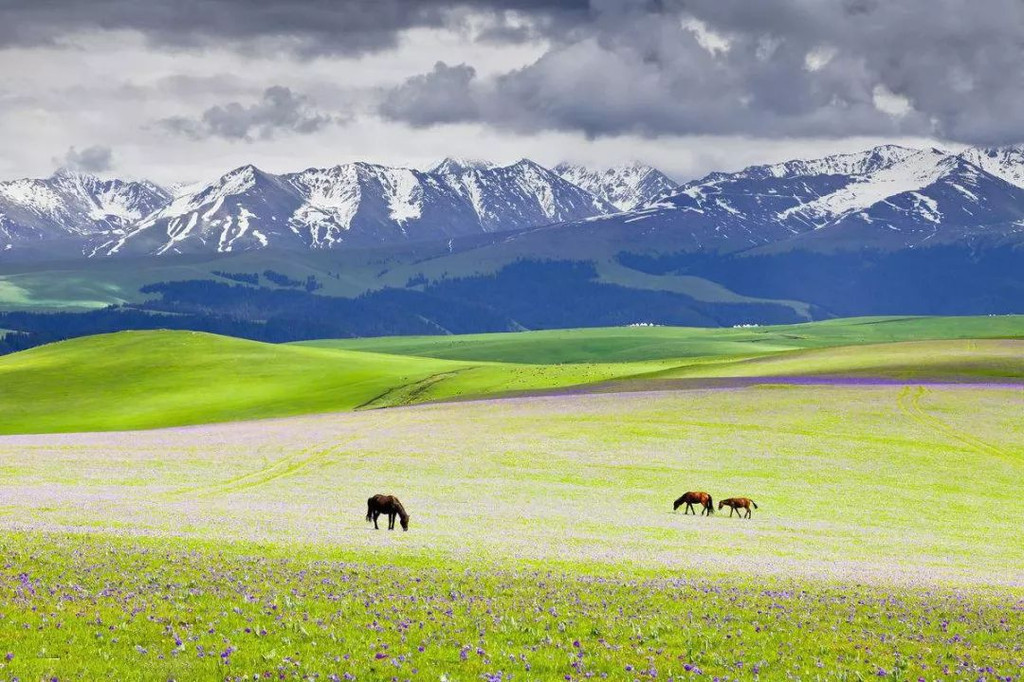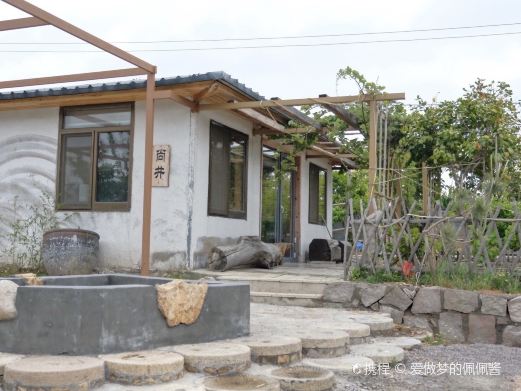Located in the central section of Dashijie Street in Laiyang City, the Laiyang Museum was established in 1992 and currently consists of 53 rooms, covering an area of 1,070 square meters. In the same year, it was designated as a provincial-level key cultural relics protection unit by the People’s Government of Shandong Province.
Laiyang is a place of outstanding people and rich history, with a culture that had already synchronized with the Central Plains during the Western Zhou period. Throughout its several thousand years of development, Laiyang has maintained a fine tradition of patriotism, producing well-known national heroes such as Zuo Maodi, the ‘poet of the era’ and upright official Song Wan, the leader of Shanzuo Daxie Song Jicheng, who disdained power and wealth, and Qu Shiwen, who resisted taxes and levies.

The museum is mainly composed of three parts: the Song Wan Memorial Hall, the Revolutionary Historical Relics Exhibition Room, and the Exhibition Room of Historical Celebrities, with the Song Wan Memorial Hall as the main body. The Song Wan Memorial Hall features a two-entry Siheyuan (traditional Chinese courtyard house) with a single-story, raised-beam hard mountain brick-wood structure. The Revolutionary Historical Relics Exhibition Room displays historical relics from the Neolithic Age to the Liberation War period. Among them, the bamboo pole (originally kept in the Chinese Military Museum), the ‘Meritorious in Supporting the Front’ banner awarded to the Laiyang Small Team, and the Laiyang Chishan Camp banner are nationally renowned and considered precious cultural relics.

Opening hours: The museum is closed all day on Mondays throughout the year; it is open from 8:30 AM to 11:30 AM and from 1:30 PM to 4:30 PM on Tuesdays to Sundays.
Laiyang City Museum
Located in the central section of Dashijie Street in Laiyang City, the Laiyang Museum was establishe[...]


